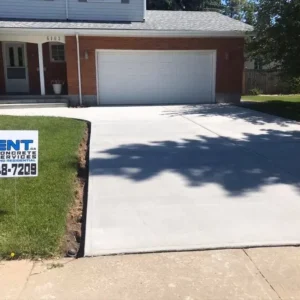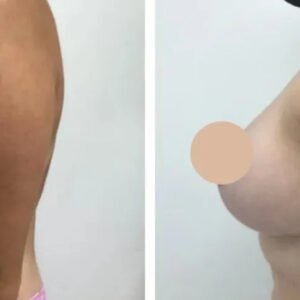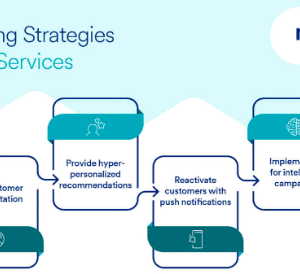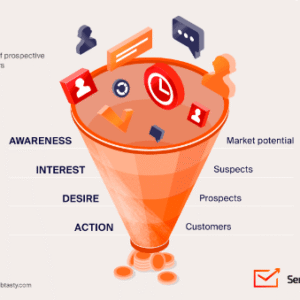How to Choose Dissolved Oxygen Solutions That’s Right for You
Introduction
As agriculture turns its eye to precision and sustainability, how we handle oxygen in water has become the standard of hydroponic and greenhouse excellence. Without oxygenation, even the most sophisticated systems begin to rust. That is where Dissolved Oxygen Solutions come in, technologies that control irrigation water oxygenation levels to ensure maximum conditions for growth and yield.
But choosing what solution to implement is more than a trivial pursuit of remembering names. It is finding solutions that align with your own personal growing goals.
Know Your System’s Oxygen Requirements
Determine Crop Type and Environment
Different plants have different oxygen needs. Vegetables like lettuce or spinach are content in relatively oxygenated water, while fruit plants like tomatoes or cucumbers require more levels of saturation to support their more established root systems. Higher temperatures, for instance, reduce water’s ability to hold oxygen, tending to cause imbalances that lead to growth lag.
A good oxygen plan considers such micro-environments. With calibration of Dissolved Oxygen Solutions to your greenhouse environment, you’re ensuring every step, right through to harvest and germination, occurs in an oxygen-rich environment optimized towards stability and vibrancy.
The Role of Greenhouse Oxygen Sensors
Informed decisions regarding crops are based on precise data. Greenhouse oxygen sensors continuously monitor oxygen in water, alerting growers before a change in oxygen occurs outside optimal levels. Real-time monitoring prevents oxygen loss and unnecessary energy consumption from over-aeration.
They are precision agricultural sensors. With automatic controllers, they provide Dissolved Oxygen Solutions which are well-balanced, especially for use in multi-crop or high-density production where even a small change impacts plant health.
How Dissolved Oxygen Control Systems Balance
The dissolved oxygen control systems lie at the center of balance. They regulate the aeration units, pumps, and injectors in such a way that automatically, oxygen levels balance shifts in environmental conditions. To this level of accuracy, human error is eliminated and consistency across growing zones is enhanced.
Current control systems can be integrated with mobile or cloud-based dashboards to provide remote monitoring and data analysis. It is highly useful for commercial applications increasing production without compromising sustainability or accuracy.
Compare the Technology of Different Dissolved Oxygen Solutions
When comparing Dissolved Oxygen Solutions, your setup will determine what will be of most value to your business. Older technologies such as venturi injectors or stone diffusers have been used to support greenhouse operations for years but are less effective with larger systems. The bubbles from such systems rise rapidly and pop, providing only transient oxygen enrichment.
Nanobubble systems are the solution for the future. Nanobubble systems operate at a micro-scale and form bubbles less than 200 nanometers in size that allow suspension of oxygen in water for far longer periods than traditional systems. This longer period ensures even distribution, removing dead spots and providing maximum uptake of nutrients throughout the root zone. For more information, researches from USGS provide insight on how DO indicates water health and how fluctuations can signal stress in aquatic systems
Coupled with hydroponic oxygen monitoring systems, nanobubbles provide an immediate feedback loop. The system automatically measures, corrects, and controls oxygen levels in real time according to the plant needs. With growers’ concerns of energy consumption, this integration eliminates continuous mechanical aeration, which is both costly and energy-intensive, saving operational expenses, while ensuring consistency of yield.
Verify Compatibility and Scalability
System Design and Setup Flexibility
System design controls oxygen distribution in your greenhouse. Adjustable tube configurations, adjustable pump configurations, and module injection systems provide for easy installation and expansion. Multi-zone hydroponic growers prefer designs that have zone control so that no one zone can overcompensate the other.
Adequate planning of your greenhouse prior to installation is cost and time-effective. It is not a matter of where the equipment will fit, but rather how efficiently the oxygen gets supplied to each plant in your operation.
Scalability for Growing Operations
Scalability is a function of whether or not a solution scales with your business. Whether you have a small research lab or a big commercial farm, a scalable Dissolved Oxygen Solution allows you to phase up without having to replace the system. All of the new oxygenation systems have expansion kits readily available that are modular, making it simple to add units as production grows. This way, your system will grow with your business rather than having to be replaced in bulk later on.
Turn to Support and Expert Guidance
Selecting the right Dissolved Oxygen Solution involves more than comparing specifications, it’s also about reliability, sustainability, and compliance with international standards. Reliable suppliers often provide ongoing advisory support that goes beyond setup. This expert guidance helps fine-tune system performance as crops, climate, and infrastructure evolve. Providers that offer site assessments, data analysis, and training ensure you’re not just installing equipment but mastering its potential.
Dissolved Oxygen Solutions companies couple technological progress with a lot of experience in agriculture in order to help farmers maximize oxygen management for profit but also as responsible environmental stewardship. Their balance can increase efficiency as well as sustainability without the former being sacrificed for the latter.
Conclusion
Choosing right Dissolved Oxygen Solutions is an act of balance, a balance between flexibility and technology, cost and long-term viability. Understanding your system’s oxygen demands, evaluating viable technologies like nanobubbles, and creating scalability puts you on the platform for sustainable growth that’s future-proof and trust-worthy.
When you optimize your system, you are not only providing oxygen; you are cultivating resilience, consistency, and sustainability into each degree of the roots.






